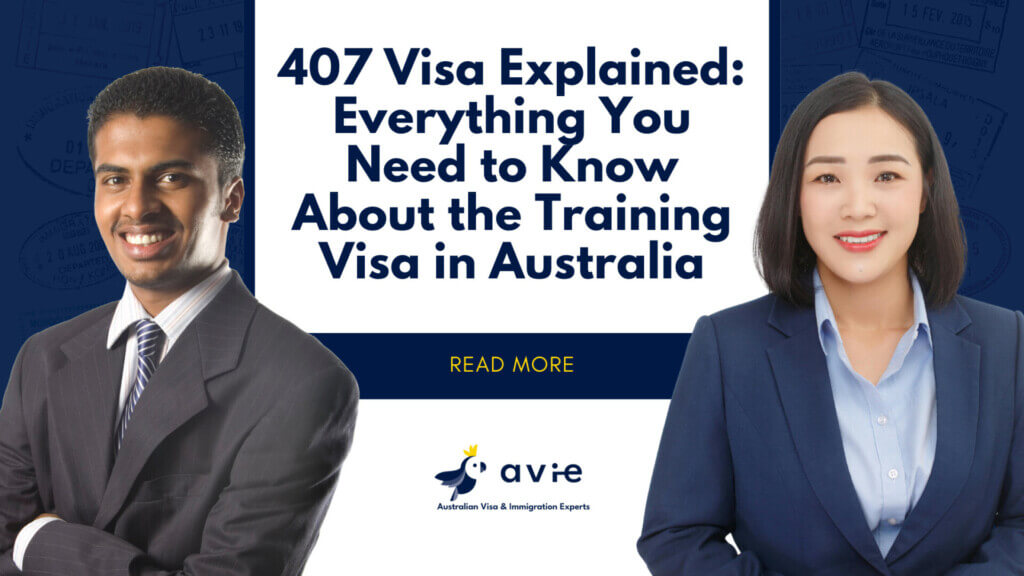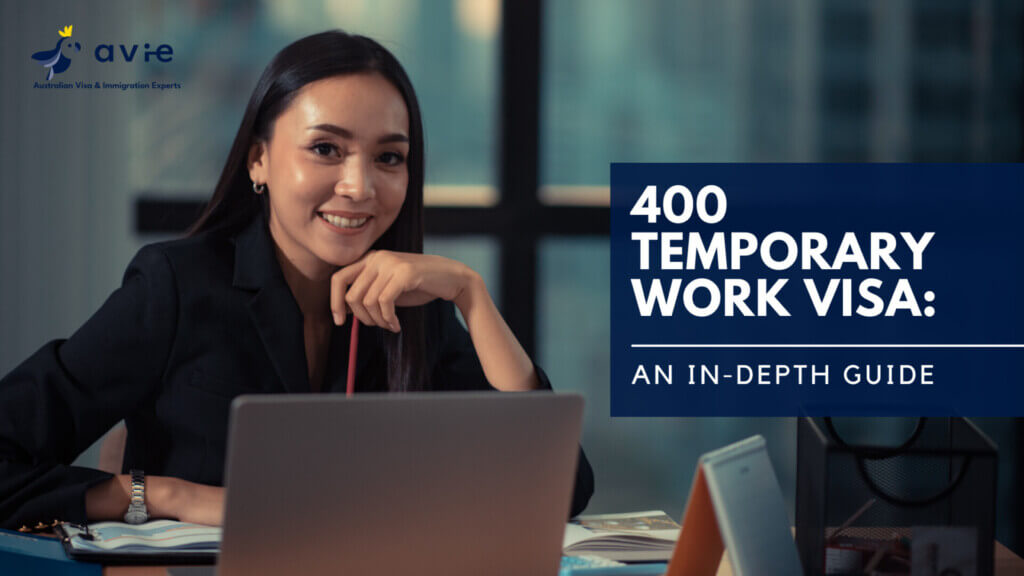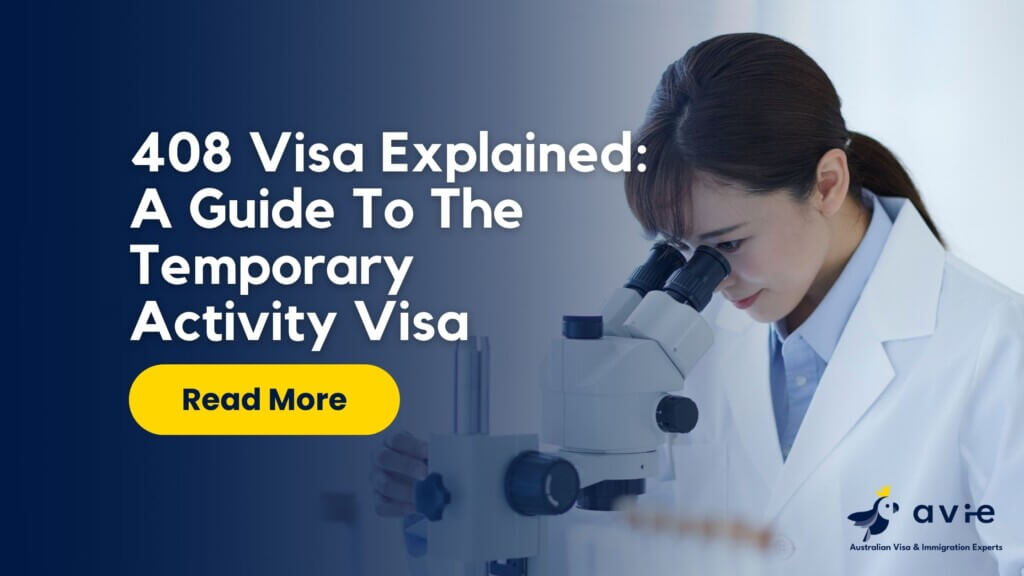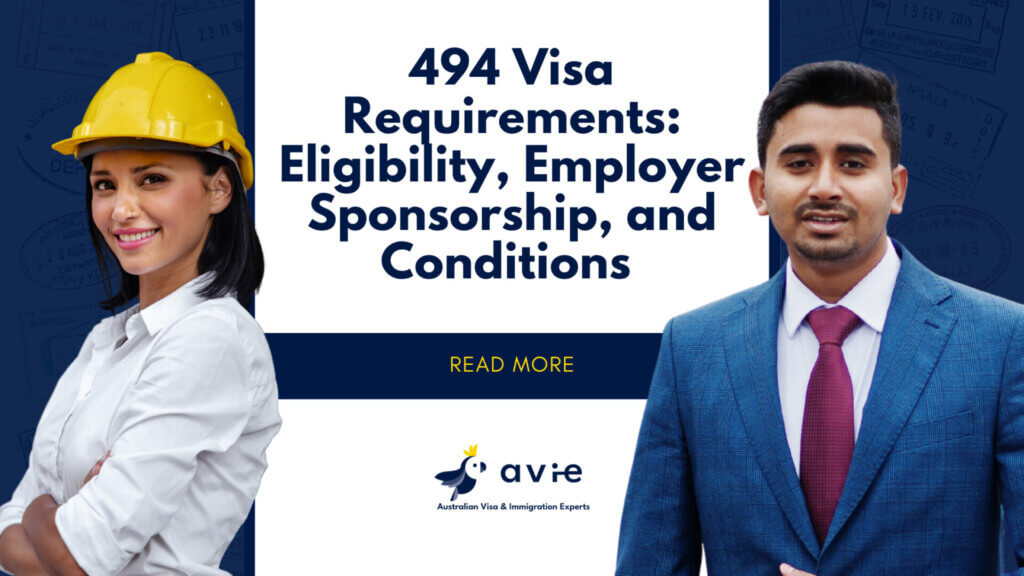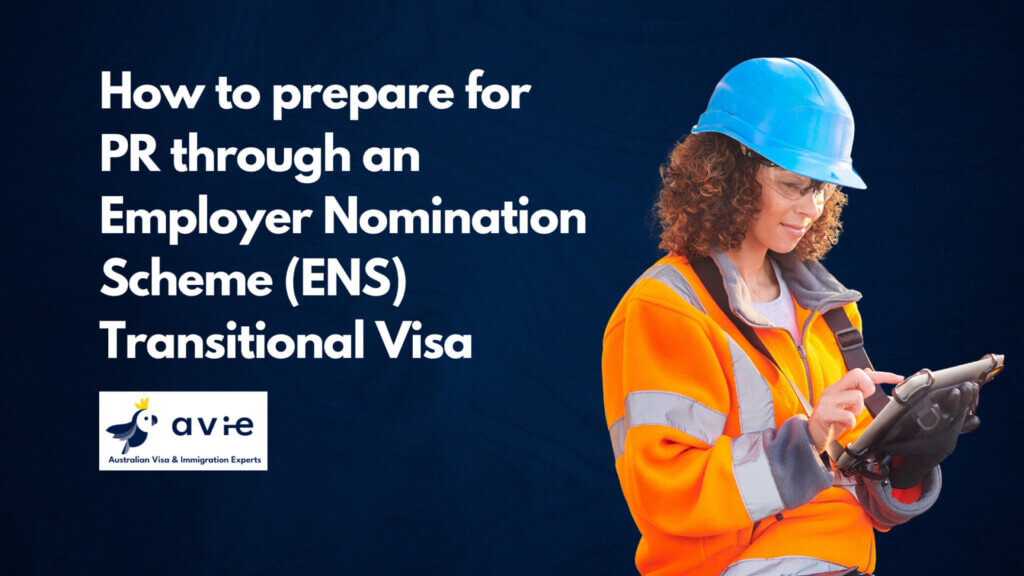Labour Agreements are a negotiated arrangement between a business and the Department of Home Affairs, allowing for the sponsorship of skilled and semi-skilled occupations where there are clear skill shortages.
Labour Agreements are valid for five years from the date of approval, with an annual quota of nominations allowed for each occupation. Generally, only the first three years have pre-determined quota, with the final two years requiring further negotiation to set these figures. Careful monitoring of quota usage and compliance with sponsor obligations are essential to maintaining ongoing access to the agreement program.
Labour Agreements utilise the Subclass 482 Skills in Demand, 494 Skilled Employer Sponsored Regional, and 186 Employer Nomination Scheme visas.


What are the types of Labour Agreement available?
Company-Specific Labour Agreements
Tailored to the unique needs of the business. This includes negotiations on the occupations available for sponsorship, salary levels, minimum English language ability, age restrictions, and options for permanent residency.
Businesses must be able to demonstrate that there is a genuine skills need that is not:
- already covered by an industry labour agreement
- included in a Designated Area Migration Agreement or project agreement for their area
- available under the standard skilled visa programs – unless a strong and compelling business case has been provided.
The occupation must generally be at ANZSCO skill level 1 to 4, though ANZSCO skill level 5 will be considered for employers in Category 3 regional Australia where exceptional circumstances apply.
Businesses must also ensure they consult relevant industry bodies, unions, and community groups to obtain feedback on their intentions to bring in foreign workers before applying for the labour agreement.
Industry Agreements
These are templated or pre-negotiated agreements for certain industries. The occupations, requirements, and concessions for these agreements are pre-set and cannot be negotiated.
As of 3 June 2025, there are 10 industry agreements available:
- Advertising
- Aged Care
- Dairy
- Fishing
- Horticulture
- Meat
- Minister of Religion
- On-Hire
- Pork
- Restaurant (premium dining)
All agreements except for On-Hire can include a pathway to permanent residency.
Designated Area Migration Agreement (DAMA)
Allows employers in designated regional areas to access additional occupations and exemptions, including higher age limits for permanent visa.
There are two ‘levels’ to a DAMA:
- Designated Area Representative (DAR), which is the authority for the regional area, holds the ‘head agreement’ setting out the occupations, requirements, and concessions
- Employer in that regional area applies for endorsement from the DAR, and then lodges a labour agreement for the occupations they need based on the settings in the head agreement.
As of 3 September 2025, there are 13 DAMAs in place around Australia:
- Adelaide City Technology and Innovation Advancement, SA
- East Kimberley, WA
- Far North Queensland, QLD
- Goulburn Valley, VIC
- Great South Coast, VIC
- Northern Territory, NT
- Orana, NSW
- Pilbara, WA
- South Australia Regional, SA
- South West, WA
- The Goldfields, WA
- Townsville, QLD
- Western Australia
How much does a Labour Agreement application cost?
As of 1 July 2025, the government application fees are as follows:
Labour Agreement – nil*
DAR endorsement – varies
*Note that while there is no government fee to lodge a Labour Agreement application, the costs associated with preparing a Labour Agreement (via a Migration Agent or otherwise) can be significant.
How long does a Labour Agreement take to process?
As of 24 September 2025, Immigration advises the current processing times are as follows:
| Application Type | Average |
| Labour Agreement | 4 months |
| DAMA Labour Agreement | 4 weeks |
Benefits of working with Corporate Immigration Experts
![]()
![]()
![]()
![]()
Expert Problem-Solving – Our team has extensive experience handling complex visa situations and finding tailored solutions to meet business needs.
![]()
![]()
![]()
![]()






















